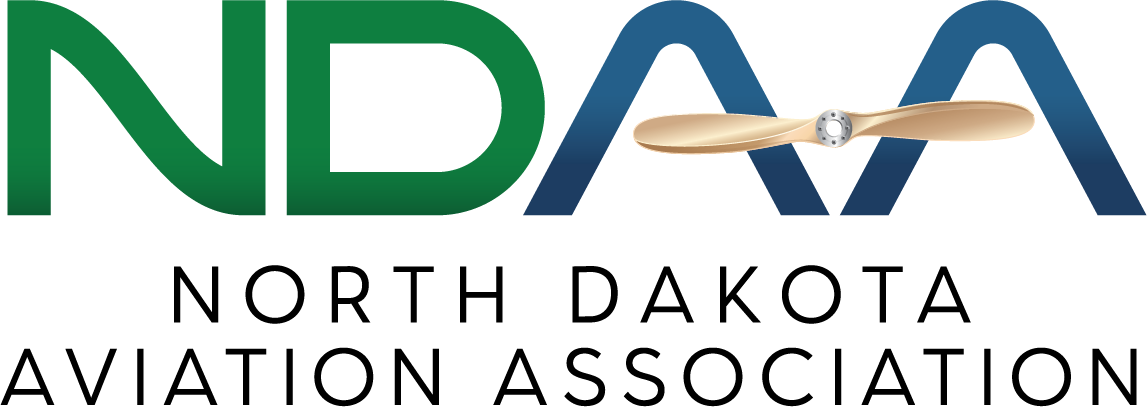
Airfield signs are a common sight at most public airports across the country. With just a quick glance, they supply helpful information ranging from an aircraft’s location on the field to directions of aviation services, and communication frequencies to critical safety instructions. Since many Fly-ND Quarterly readers are pilots and very familiar with signage, we can skip the dive down the rabbit hole of Federal Aviation Administration (FAA) design standards, but for the benefit of airport operators I would like to highlight some of the common sign-related issues I encounter as an airport inspector.
Lack of Hold Short Signs: Perhaps the most important sign on the airfield is the Mandatory Holding Position Sign, commonly known as the “hold short” sign. This bright red sign is frequently installed in conjunction with surface painted holding position markings to stop aircraft before they enter runways, and therefore help to prevent dangerous incursions. For airport projects that receive FAA funding, the installation of compliant signage is mandatory. Airports that are ineligible for FAA funding are not required to install signage, but it’s recommended and encouraged that every airport voluntarily install signs whenever possible to prevent accidents and foster safety.
Deterioration: It’s a fact of life that everything ages and wears out, and signs are no exception. Sunlight gradually bleaches inscriptions and backgrounds, turning cherry red and lemon yellow into white. Plastic becomes brittle and scratched, metal panels and frames are dented, and once brilliantly reflective coatings turn dull. If one of your airfield’s signs becomes damaged, faded, non-reflective, or unreadable, it needs to be replaced. Just remember that messages that span multiple panels in the same fixture need to have all their panels replaced at the same time, to avoid distracting color mismatches.
Frangible Bases: FAA standards require that objects located in runway safety areas, including signs, must be constructed with frangible couplings to allow them to snap off easily, should an aircraft accidentally strike them. When installed, couplings must be no higher than just three inches above the surrounding grade. Frost heave is commonplace at these northerly latitudes and signs may slowly creep upward and out of the ground, pushing couplings outside tolerances and increasing the risk of damage to aircraft. Signs experiencing frost heave need to be reseated back to grade.
Erosion: Water and wind gradually wear away the soil around signs and expose their bases. When it comes to concrete bases, this can create dangerous projections and surface variations, which can cause aircraft to lose control should they hit it during an emergency. Airports should make sure to regularly check for and fill in areas of erosion.
Divider Colors: Internally-lit signs are constructed of plastic message panels, separated by narrow dividers. These dividers are required to be the same color as the panels to prevent disrupting the legend. For example, placing a black divider in the middle of a multi-panel yellow direction sign would break up the sign’s message and potentially confuse pilots.
Light Failure: Unsurprisingly, hold short signs that are internally-lit must have their lights working to be considered in service. If a hold short sign becomes unlit or badly damaged, a Notice to Air Missions (NOTAM) should be issued for safety and the sign repaired as soon as feasible.


FAA guidelines regarding the design, installation, and maintenance of airfield signs can be found by visiting www.faa.gov and searching for Advisory Circulars 150/5300-13B, 150/5340-18G, 150/5340-30J, 150/5345-44K, and 150/5340-26C.
 Adam Dillin, Airport Planner
Adam Dillin, Airport Planner
North Dakota Aeronautics Commission
701-328-9650 | adillin@nd.gov


